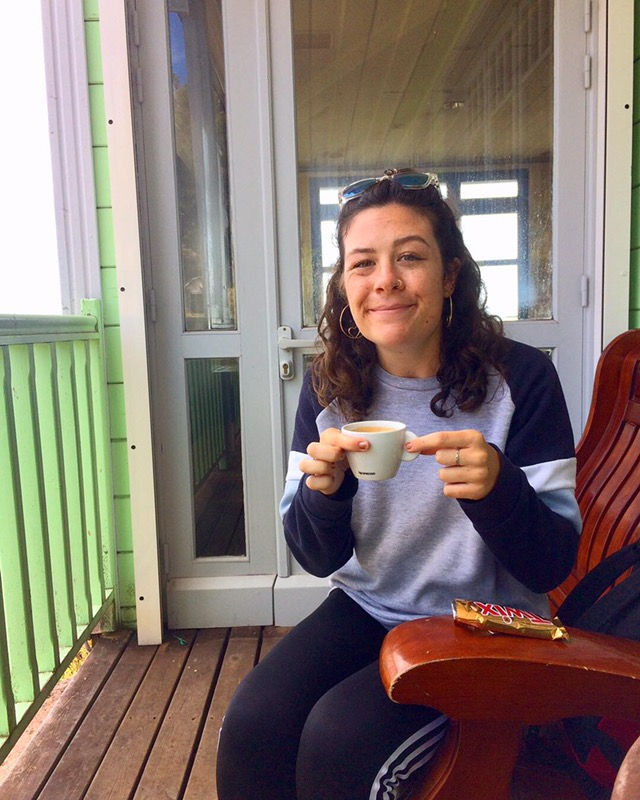The Volcano.
- Liberty Crane
- Oct 12, 2018
- 2 min read

Walking on mars or walking by a volcano?
Having heard that the volcano erupted two weeks ago, my parents and I decided to make our way to Piton de la Fournaise.
A bit about volcanos...
There are two volcanos situated on the island, Piton des Neiges and Piton de la Fournaise. Piton des Neiges, which has long been extinct, reaches an altitude of 3071 metres and is deemed the highest point in the Indian ocean. It is surrounded by the three Cirques which formed after the collapse of the roof of Piton des Neiges; the landslides created gigantic cliffs and were then partially filled in by lava flows escaping from the volcano. These cirques are Mafate, Salazie and Cilaos.
In comparison the 500,000 years old Piton de la Fournaise is one of the most active volcanos in the world, erupting at least once every nine months. It is a shield volcano whereby magma has seeped through the earths crust from a hot point and it erupts in a less explosive and more effusive manner than stratovolcanoes.

The eruptions are rarely dangerous due to the sloping into the south east toward the sea. However in 1977 a lava flow swallowed up several buildings in Sainte-Rose, yet it miraculously stopped at the doorway to the Notre Dame des Laves church which I visited on my road trip around the east of the island.
The most recent eruption occurred on the 15th of September 2018 and whenever the volcano erupts, locals and tourists from all over drive to the volcano in desperation to see. Watch the video below showing the recent eruption - taken from the official website of Piton de la Fournaise.
Read more about Piton de la Fournaise, its past eruptions and see a live webcam of the volcano here.
We left early in the morning to ensure we'd get good views as the clouds tend to settle in the afternoon. The journey from Le Tampon went up, up and up, and eventually we reached the beginning of our lunar landscape, the Plaine de Sables, which we would need to cross to reach the volcanos summit. We were surprised to see that this extra-terrestrial scenery was inhabited but after visiting the volcano museum, Cité du Volcan, we knew that the locals were in no danger because when the volcano erupts, the lava flows in the direction of the south-east.
Our trip to the volcano consisted of a drive across the Plaine de Sables, and after parking in the make-shift carpark, we took a short walk around the crater to Piton de Bert. The trip enabled us to see a mixture of different sceneries, and see the vast size of this volcano. Having seen a few volcanos in the past, I believe this had one of the most diverse environments. It has been erupting for hundreds of years and it was interesting to see how new life has grown on top of the igneous rocks creating this bizarre landscape.




















Comments